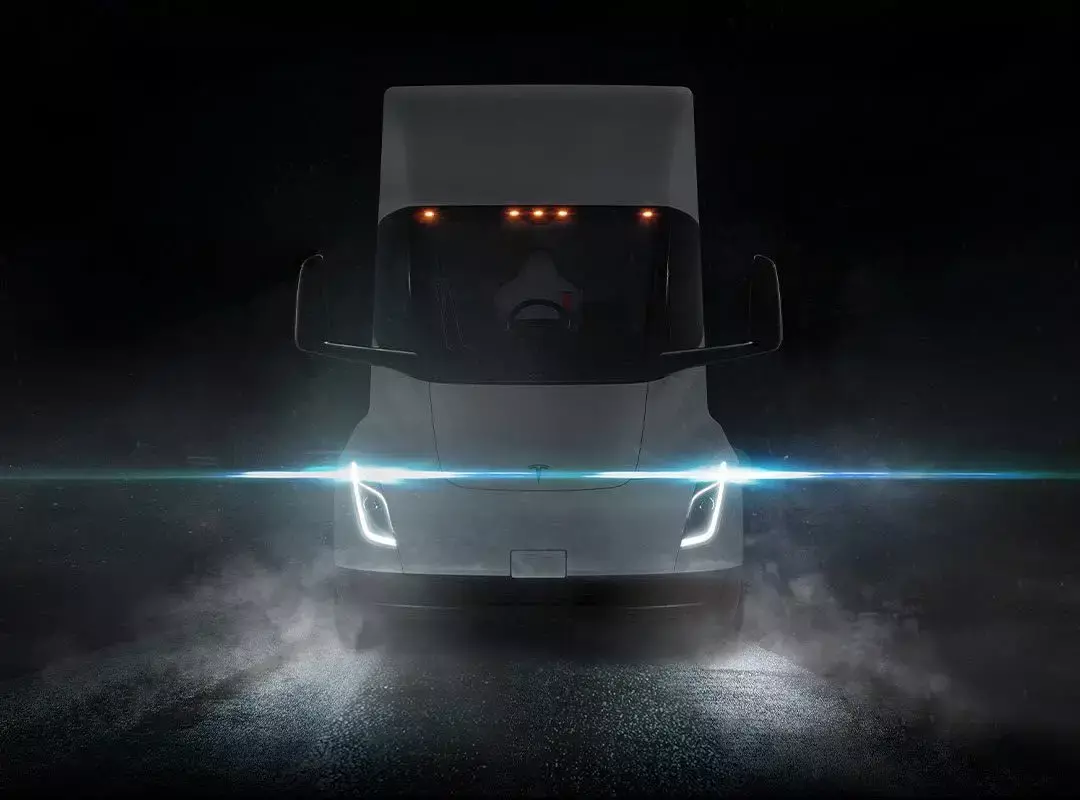A major change to Australian design rules promises to be a “game changer” for Australia’s shift to electric freight transport.
The new rule announced by the federal government will allow wider trucks on Australian roads, bringing the country in line with overseas markets and removing one of the key barriers to local uptake of heavy duty electric trucks, as most overseas-built models were just a few centimetres too wide to meet Australia’s previous standards.
“This Safer Freight Vehicles package responds to direct calls from industry to increase the width limit of trucks and follows extensive public consultation and feedback,” said federal assistant minister for infrastructure and transport Carol Brown.
“These changes will be a real game changer for industry, businesses and other road users, as they will save lives by adopting technology to reduce the likelihood of crashes, while also lowering freight costs and supporting better environmental outcomes.”
The change increases the overall width limit from 2.50 to 2.55 metres for new trucks, as long as they are fitted with safety features such as side guards and devices to limit blind spots.



The thing is, electric motors are so efficient that even hauling the mass of the batteries they are still more efficient than old fashioned internal combustion engines.
Nah. Diesel engine’s efficiency is ~40%, Electric Motor’s ~75%. Since you’re hauling batteries, you haul less cargo, which means you need more trucks, more trips, more drivers, more charging time, etc.
Truck drivers in Australia are banned from driving more than 5.5 hours at a time. There are already dedicated places to stop and park a large truck every 5 hours or so on every single highway.
A truck that can drive five hours on a charge doesn’t need that big of a battery. Tesla’s semi goes much much further than that on a charge and it would, as you point out, be more efficient if it had a smaller/lighter battery.
I expect where we’ll end up is drivers will, when they stop for their mandatory rest, disconnect the trailer, hook the truck up to charging infrastructure, then connect the trailer to a fresh truck with a fully charged battery.
The charging infrastructure would likely be optimised for price, not speed. For example only charge the truck during the day when the grid is running on solar power.
Diesel trucks are not cheap by the way - maintenance plus the cost of the diesel works out to something like a hundred thousand dollars per year assuming you drive the truck all year.
There are too many questions to be answered to calculate how much money you’d save, since electric trucks don’t exist at all yet, but my city has started deploying electric busses and they work out to a savings of a quarter million dollars per bus (over the life of the bus). Obviously with savings like that, they are going to stop buying diesel busses entirely as soon as they possibly can. It will be the same for trucks.
Well, you’re listing all these things that will happen in the future, seemingly disregarding any other potential advancements in alternative fuels.
Infrastructure, dead batteries, overhauled shipping processes… It’s a lot of change (read: money) for a rather small improvement.
So far, it seems that trucks and batteries simply do not mix. What will happen ‘next year TM’, we’ll see. Right now I am skeptical.
Charging time could be averted by having swappable batteries, perhaps like the swap 'n go gas bottles used for homes. Except, obviously paying a bit on top for the wear of the battery.
It could grip it by the husk!
Suppose two swallows carried it together?
Full self driving next year, surely.